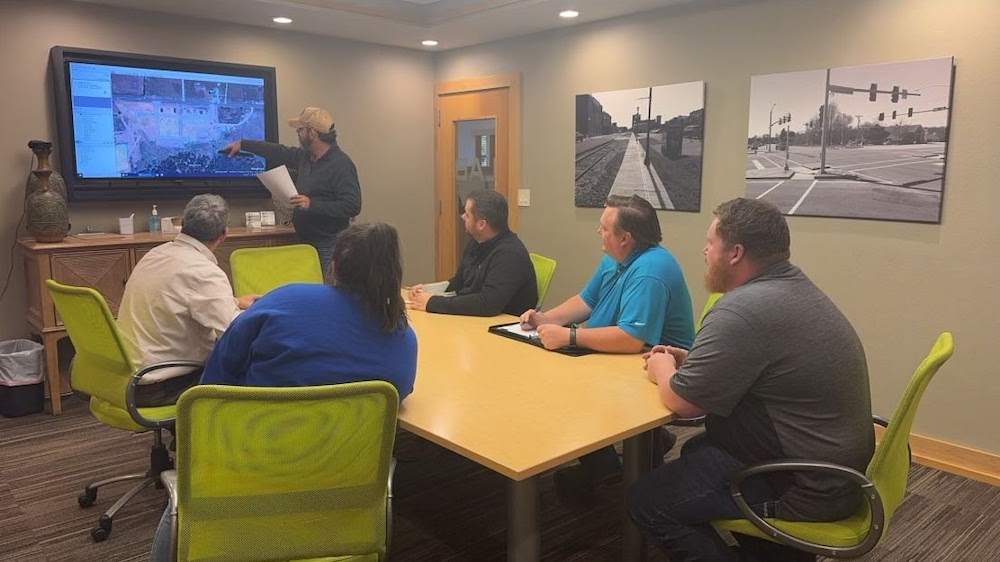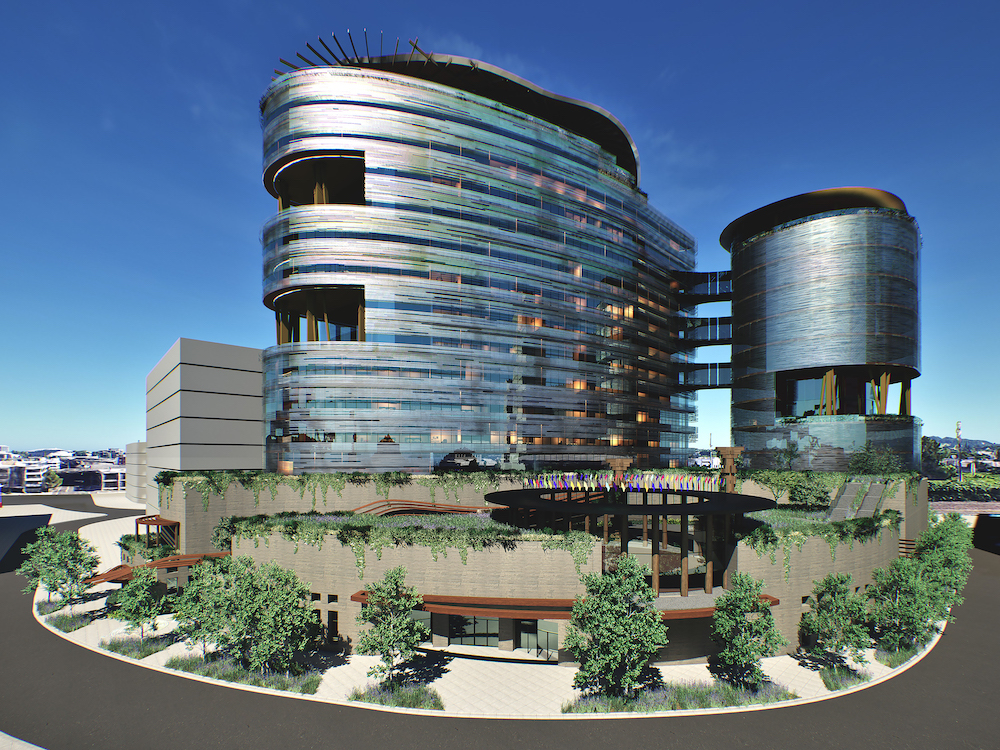
- Details
- By Chez Oxendine
- Energy | Environment
The Quapaw Nation of Oklahoma had calculated the numbers precisely: a community microgrid generating 2.6 million kilowatt hours annually, yielding $280,000 in energy cost savings and reducing tribal members’ energy burden from 11% of annual income closer to the national average of 3%.
Now, those carefully engineered economic benefits are in limbo after the Environmental Protection Agency’s decision this month to terminate $20 billion in clean-energy funding under the Greenhouse Gas Reduction Fund (GGRF), effectively freezing a $300,000 pre-development grant the tribe had secured from Maryland-based nonprofit Climate United’s NEXT program.
"Energy sovereignty is not something we're taking haphazardly — we've devoted significant resources to looking at all our options," John Jackson, Jr., construction project manager for Quapaw Nation, told Tribal Business News. "There's private capital we could look at, Department of Agriculture loans … this is something we're serious about, and we've put a lot of effort and planning into."
In the potential absence of Climate United money, Jackson confirmed the Quapaw Nation has begun "exploring other options" to keep the project alive.
The future of the NEXT funding, which flows from the GGRF’s National Clean Investment Fund, remains uncertain. Federal judge Tanya S. Chutkan of the U.S. District Court for the District of Columbia temporarily blocked the EPA from terminating the Biden-era clean energy program. A final decision is expected by Friday.
In the meantime, the Quapaw project is one of 22 tribal energy initiatives caught in the dispute. These initiatives had each won a share of $6.3 million in NEXT pre-development funding from Climate United — money specifically designed to cover early-stage costs like feasibility studies and technical designs that tribes struggle to finance through conventional channels.
Climate United Chief Community Officer Krystal Langholz told Tribal Business News the group made its selections from 104 applications. The quantity and quality of the applications proved that there is a need for the money in Native communities, Langholz said.
“The selection process was actually really difficult because the quality of the applications was so good, and that's part of the reason we're so excited about the grantees,” Langholz said. “It proves these unique resources in the marketplace are really important to getting these projects going and creating economic impact.”
Langholz said NEXT funding was a critical next step for many of the funded projects. Without their allocated funding, some of those projects could fall through entirely.
“These are 22 exciting projects that have tangible and important benefits for their communities, such as improved housing and reduced energy cost. These projects are located across the entire United States and reach from remote Alaskan villages to major urban centers,” Langholz said. “Without the restoration of our funding, we will be unable to support these critical projects and unable to fulfill our commitment to deploy 10% of our portfolio in partnership with Native communities.”
Climate United’s portfolio commitment — almost $700 million — is part of a broader $1.5 billion in funding earmarked for Indian Country under two GGRF programs: the $14 billion National Clean Investment Fund and the $6 billion Clean Communities Investment Accelerator. The funding is intended to support low-interest loans for climate initiatives like building solar arrays, improving home energy efficiency and increasing energy reliability in rural and tribal communities.
 The Center for Tribal Nations could be a multi-story, mixed-use building for urban Natives in Portland, Ore., assuming that funding for its technical development comes through. (Rendering: Jeff Roberts, Earthwise Design)
The Center for Tribal Nations could be a multi-story, mixed-use building for urban Natives in Portland, Ore., assuming that funding for its technical development comes through. (Rendering: Jeff Roberts, Earthwise Design)
Another endangered NEXT-supported project is the Center for Tribal Nations, a mixed-use building planned for downtown Portland under the purview of the Northwest Native Chamber. The project was in line to receive a $300,000 grant to support technical and design assistance in the lead up to development.
Project manager Jeff Roberts told Tribal Business News the Chamber plans to construct a climate resilient, multipurpose hub for urban Natives in partnership with the Oregon Museum of Science and Industry (OMSI). The building will include a microgrid that can supply power to a central supply controlled by OMSI. In turn, OMSI can help manage the Center’s power draw, reducing energy waste.
Thanks to its scope in both size and technology, the project will require significant technical support and planning, Roberts said. That’s where the NEXT pre-development grant comes in.
“This grant would have been really important for us to have to move our technical analysis ahead in the design phases, so that's where we're hung up right now,” Roberts said. “We're not ready for development, but we need serious thought and purpose, because this is one of the most unique projects ever seen in Indian Country.”
